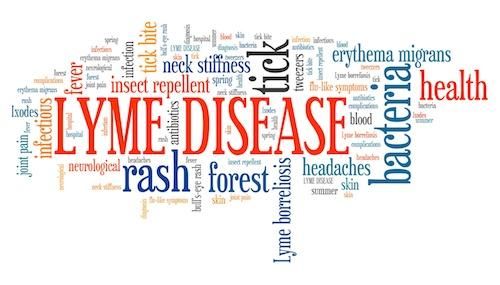Lyme Disease Vaccine Shows Antibodies 6 Months after Completion
The investigational shot from Pfizer and Valneva demonstrated higher antibody levels in the three-dose vaccination schedule versus the two-dose vaccination schedule.

Earlier today, Pfizer and Valneva announced its investigational Lyme disease vaccine, VLA15, demonstrated that its antibody levels remained above baseline six months after completion of a three-dose (Month 0-2-6) or a two-dose (Month 0-6) vaccination schedule.
“Lyme disease continues to spread, representing a high unmet medical need that impacts the lives of many in the Northern Hemisphere, and each new report of positive data takes us a step closer to potentially bringing this vaccine to both adults and children who could benefit from it,” Valneva CMO Juan Carlos Jaramillo MD, said in a statement.
Data were collected in 96 healthy adults and 81 pediatric participants (5-17 years of age) for the Month 0-2-6 vaccination schedule and in 84 healthy adults and 78 pediatric participants (5-17 years of age) for the Month 0-6 schedule.
As observed in previous clinical studies with VLA15, antibody levels declined over time in all study groups but remained above baseline, confirming their persistence six months after completion of both vaccination schedules. Overall, antibody levels remained higher with the three-dose vaccination schedule compared to the two-dose schedule. Geometric mean fold rise (GMFRs) compared to baseline were 1.9-fold for Serotype 1 (ST1) to 3.2-fold Serotype 2 (ST2) across all age groups in the Month 0-2-6 vaccination schedule. The highest GMFRs were reported in the 5 to 11 years old age group, with GMFR levels at 2.8-fold (ST1) to 6.6-fold (ST2).
According to the companies, this investigational multivalent protein subunit vaccine uses an established mechanism of action for a Lyme disease vaccine that targets the outer surface protein A (OspA) of Borrelia burgdorferi, the bacteria that cause Lyme disease. OspA is a surface protein expressed by the bacteria when present in a tick. Blocking OspA inhibits the bacterium’s ability to leave the tick and infect humans. The vaccine covers the six most common OspA serotypes expressed by the Borrelia burgdorferi sensu lato species that are prevalent in North America and Europe.
“We are pleased with these antibody persistence data that further validate the use of the three-dose vaccination schedule in our ongoing phase 3 study and the acceptable safety and tolerability profiles of our vaccine candidate,” Jaramillo explained.
No vaccine-related serious adverse events and no safety concerns were observed in the six-month observational follow up.
Earlier this year, the companies initiated their phase 3 clinical study, Vaccine Against Lyme for Outdoor Recreationists (VALOR). The trial is looking for up to 6000 participants that are 5 years of age and older. Everyone will receive 3 doses of VLA15 180 µg or saline placebo as a primary vaccination series followed by 1 booster dose of VLA15 or saline placebo (1:1 ratio). Enrollment is ongoing in Europe and the United States and expected to be completed in the second quarter of 2023.
And pending successful completion of the phase 3 studies, Pfizer could potentially submit a Biologics License Application (BLA) to the FDA and Marketing Authorisation Application (MAA) to the European Medicines Agency (EMA) in 2025.
